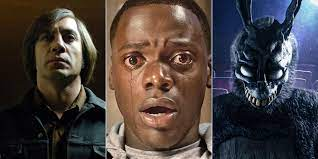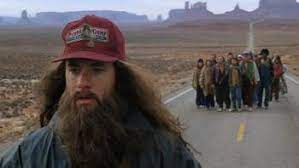Genre Research - Comedy
A.Common Camera Angles and Movements (CAMs) in Comedies: Low
and wide-angle shots are commonly used in comedies to exaggerate characters and
situations, adding a humorous touch. Dynamic camera movements, such as tracking
shots and zooms, contribute to the energetic pacing often associated with
comedic scenes.
B.Common Sound in Comedies: Upbeat and whimsical musical
scores, punctuated with sound effects that emphasize comedic moments, are
frequently used in comedies. Dialogue delivery, including witty banter and
well-timed punchlines, plays a crucial role in enhancing the comedic
atmosphere.
C.Common Mise-en-Scène in Comedies: Bright and contrasting
color schemes are often employed in comedies to create a visually stimulating
and cheerful environment. Playful settings, quirky props, and exaggerated
costumes contribute to the overall comedic tone.
D.Common Editing in Comedies: Fast-paced editing with quick
cuts is a common editing style in comedies, especially during comedic sequences
or montages. Jump cuts and match cuts may be used for comedic effect, enhancing
the timing and rhythm of the humor.
E.Example Films of Comedies:
Anchorman: The Legend of Ron Burgundy (2004)
Bridesmaids (2011)
Superbad (2007)
The Grand Budapest Hotel (2014)
Dumb and Dumber (1994)
F. Elements of Comedies That We Like: We enjoy clever
wordplay and witty dialogue that engages the audience intellectually while
still being humorous. Additionally, we appreciate physical comedy that is
well-timed and doesn't rely solely on slapstick.
G. Elements of Comedies That Do Not Appeal to Us:
Overreliance on offensive or crude humor without substance is a turn-off.
Similarly, excessive use of predictable clichés and forced humor that feels out
of place diminishes our enjoyment of comedic films.
.jpg)



Comments
Post a Comment